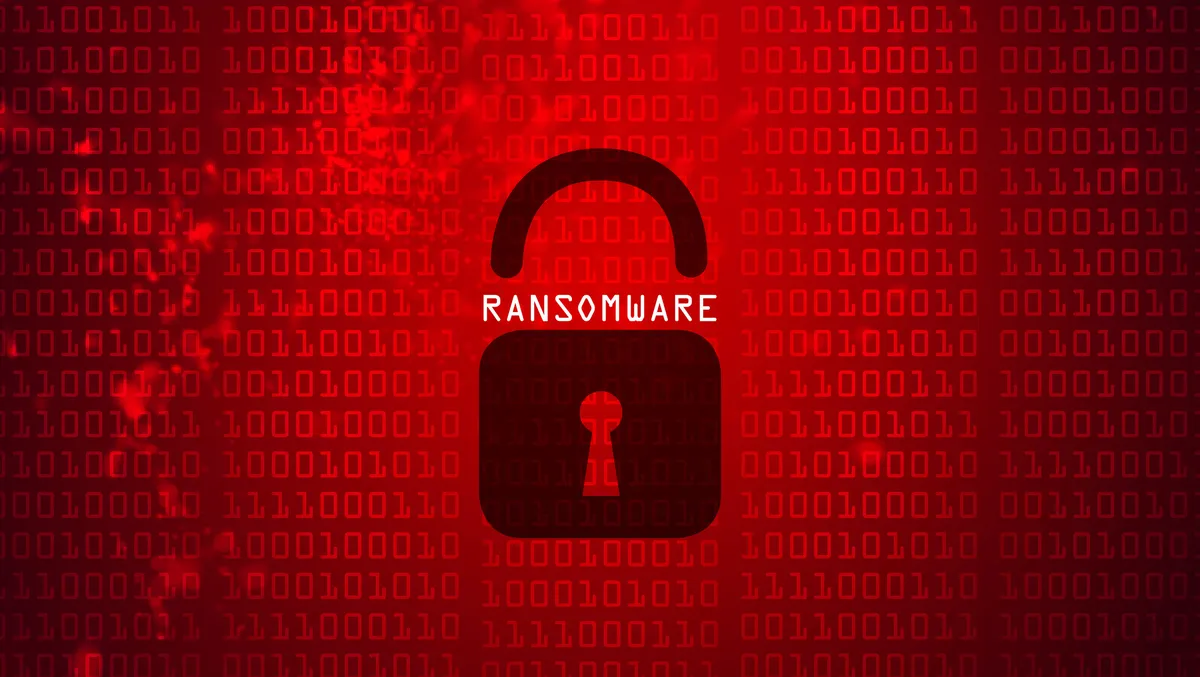
93% of Australian organisations cannot detect, contain and resolve cyberthreats within an hour
Some 93% of Australian organisations cannot detect, contain and resolve cyberthreats within an hour, a new report has revealed.
Palo Alto Networks has published its 2023 State of Cloud-Native Security Report. The report surveyed 200 Australians to better understand their cloud adoption strategies and how they work.
With organisations of all sizes moving more of their operations to the cloud, a majority are struggling to automate cloud security and mitigate risks. Its one reason why many companies are trying to improve security earlier in the development process, and looking for fewer vendors that can offer more security capabilities.
Cloud Use Has Grown, Along With Security Concerns
The expansion of hybrid work during the pandemic drove organisations to expand their use of clouds by more than 25% globally, with 89% of Australian businesses expanding their use of cloud by more than 30% in the past 12 months. As a result, DevOps teams are being pressed to deliver production code at warp speed making application security more complex and putting pressure on security organisations to keep pace.
Most Organisations are Slow to Detect and Respond to Threats
Some 93% of organisations in Australia we surveyed said they could not detect, contain and resolve cyber threats within an hour. A majority reported a weak security posture and believe they need to improve their underlying activities from gaining visibility into multiple clouds to applying more consistent governance across accounts to streamlining incident response and investigation.
Teams Don't Understand Their Security Responsibilities
When asked about the challenges of moving to the cloud, respondents top concerns remained unchanged from our 2020 report: struggles with comprehensive security, compliance, and technical complexity. A large majority (75%) of organisations in Australia said they had distributed responsibility for cloud security to individual teams. Still, over half (52%) said a majority of their workforce does not understand their security responsibilities.
A Greater Need for Code-to-Cloud Security
As more applications are being built in the cloud using off-the-shelf software, theres a risk that any vulnerability in the development process could compromise an entire application later on. Thats why more companies are encouraging a deeper level of engagement between application developers and security tools and teams with 87% of Australian respondents saying they have embedded security professionals inside their DevOps teams.
"With three out of four organisations deploying new or updated code to production weekly, and almost 40% committing new code daily, no one can afford to overlook the security of cloud workloads," says Ankur Shah, senior vice president, Prisma Cloud, Palo Alto Networks.
"As cloud adoption and expansion continue, organisations need to adopt a platform approach that secures applications from code to cloud across multi-cloud environments."
Moving Towards Consolidation
Three-quarters of the leaders we surveyed say they struggle to identify which security tools are necessary to achieve their objectives. This has led many of them to implement numerous single-point solutions with the average organisation using three to four tools dedicated to cloud security.
The sheer number of security tools makes it difficult for leaders to have in-depth visibility into their entire cloud portfolio. 80% of survey respondents reported that using multiple security tools creates blind spots that affect their ability to prioritise risk and prevent threats. And 84% said they would benefit from a centralised security solution that sits across all of their cloud accounts and services.
A Clear Path Forward
Despite the upheaval caused by the pandemic, organisations have mostly been able to succeed in their cloud expansions and organisations that made cloud infrastructure a strategic focus across the business were generally more successful. This makes cloud security a clear enabler of business outcomes.
"Of course, better security does not guarantee success," Shah says.
"But having security under control consolidating tools and vendors and using proven DevSecOps and security automation strategies lets development teams do their jobs better, and gives organisations the tools they need to succeed."


